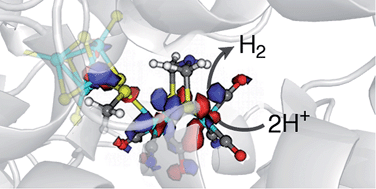The following HOT articles have been highlighted by the reviewers of the articles as being particularly interesting or significant pieces of research. These are all free to access until 31st January 2015. The order they appear in the list has no meaning or ranking.
Automated vehicles and electrification of transport
Gregory James
DOI: 10.1039/C4EE02229G, Opinion
Band engineering of high performance p-type FeNbSb based half-Heusler thermoelectric materials for figure of merit zT > 1
Chenguang Fu, Tiejun Zhu, Yintu Liu, Hanhui Xie and Xinbing Zhao
DOI: 10.1039/C4EE03042G, Communication
Mechanistic insights into solar water oxidation by cobalt-phosphate-modified α-Fe2O3 photoanodes
Gerard M. Carroll, Diane K. Zhong and Daniel R. Gamelin
DOI: 10.1039/C4EE02869D, Paper
Theory, practice and prospects of X-ray and neutron scattering for lignocellulosic biomass characterization: towards understanding biomass pretreatment
Gang Cheng, Xin Zhang, Blake Simmons and Seema Singh
DOI: 10.1039/C4EE03147D, Review Article
Peanut shell hybrid sodium ion capacitor with extreme energy–power rivals lithium ion capacitors
Jia Ding, Huanlei Wang, Zhi Li, Kai Cui, Dimitre Karpuzov, Xuehai Tan, Alireza Kohandehghan and David Mitlin
DOI: 10.1039/C4EE02986K, Paper
Adipic acid production from lignin
Derek R. Vardon, Mary Ann Franden, Christopher W. Johnson, Eric M. Karp, Michael T. Guarnieri, Jeffrey G. Linger, Michael J. Salm, Timothy J. Strathmann and Gregg T. Beckham
DOI: 10.1039/C4EE03230F, Paper


























 five.
five.